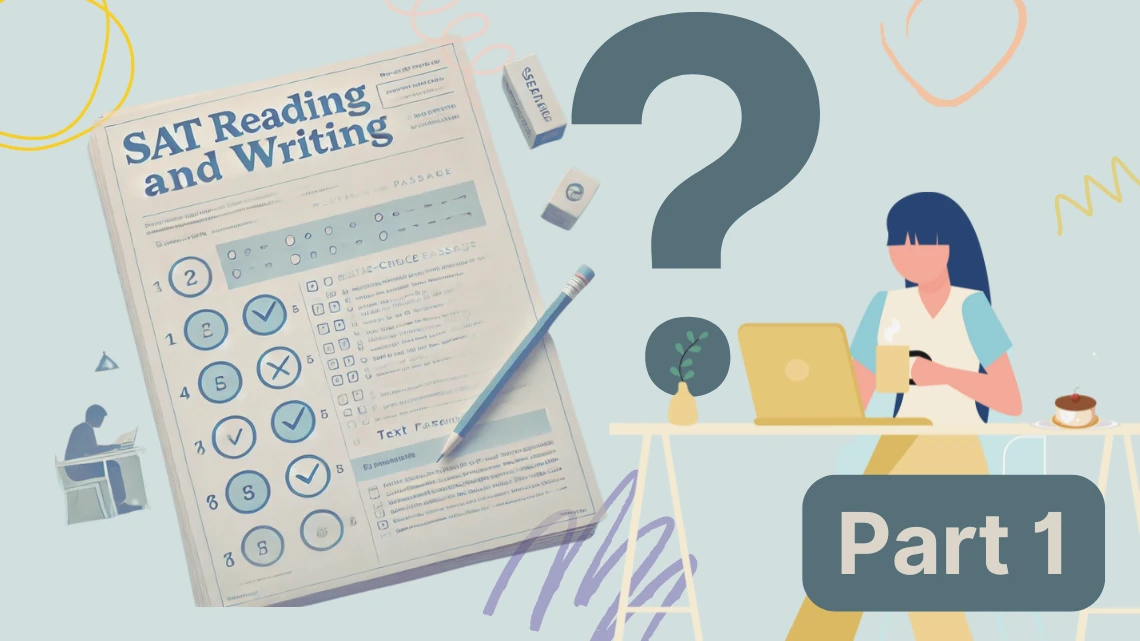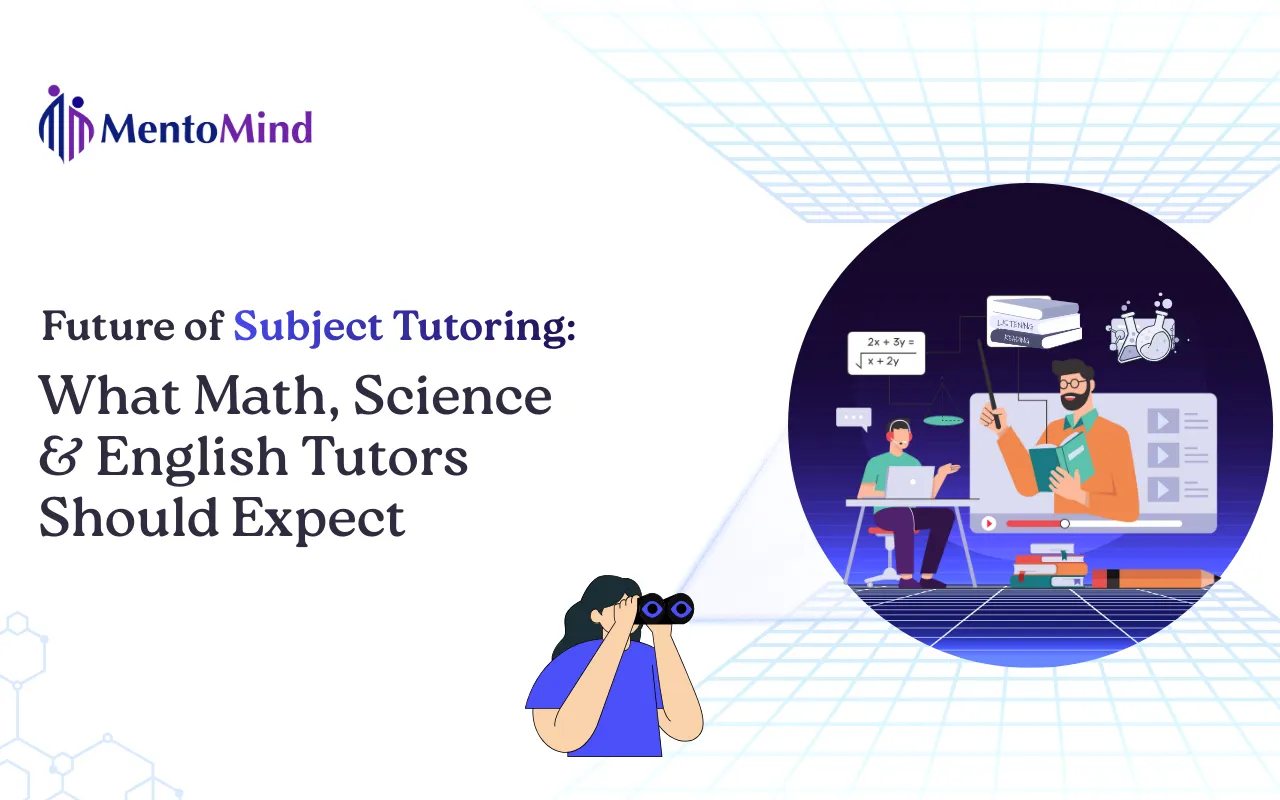Mastering the “ICE Method” Elimination Strategy for the Digital SAT Reading & Writing Section
The transition to the digital SAT has brought significant changes, particularly in the Reading & Writing (R&W) section. With four distinct categories of questions and a wide range of subtypes, many students find it challenging to develop a cohesive SAT strategy. At MentoMind, we emphasize a first-principles approach to mastering this section, focusing on fundamental concepts that can guide you through the complexities of the SAT test.
The Challenge of the Digital SAT Reading & Writing Section
One of the biggest challenges students face in the new digital SAT is the unpredictable structure of the Reading & Writing section. Unlike the old version of the test, which featured a predictable set of passages, the new SAT format includes diverse genres and question types. You might be analyzing a science passage about nanoparticles one moment and deciphering a Shakespearean sonnet the next.
This rapid shift in content demands a flexible and adaptable set of SAT skills. While high-performing students may eventually develop specific strategies for each question subtype, those new to the test can benefit from understanding the underlying structures common to most questions. Regardless of the passage or question type, correct answers often share similar characteristics, just as incorrect answers tend to exhibit predictable flaws.
Introducing the ICE Method for SAT Success
At MentoMind, we recommend the ICE method—an acronym that stands for Irrelevant, Contradictory, and Extreme. These are the three key characteristics often found in incorrect answer choices on the SAT Reading & Writing section.
- Irrelevant: These answer choices introduce ideas not discussed in the passage or cite details that are not central to the author’s main point. They are off-topic and can often be quickly eliminated by students who grasp the passage’s main idea.
- Contradictory: Contradictory answers state something at odds with the author’s thesis or the question’s requirements. For example, if a question asks for evidence that supports a claim, a contradictory choice will present evidence that weakens it.
- Extreme: Extreme language includes absolutes, such as “the best,” “the only,” or “every,” and emotionally charged language, such as “criticize,” “argue,” or “disagree.” These answers often mischaracterize the passage and are typically incorrect.
Correct answers, on the other hand, are usually on-topic, consistent with the passage’s main idea, and phrased in neutral, scientific language.
How to Apply the ICE Method to SAT Questions
Let’s apply the ICE method to a sample SAT question:
Question:
“The 1967 release of Harold Cruse’s book The Crisis of the Negro Intellectual isolated him from almost all other scholars and activists of the American Civil Rights Movement—though many of those thinkers disagreed with each other, he nonetheless found ways to disagree with them all. He thought that activists who believed that Black people such as himself should culturally assimilate were naïve. But he also sharply criticized Black nationalists such as Marcus Garvey who wanted to establish independent, self-contained Black economies and societies, even though Cruse himself identified as a Black nationalist.”
Which choice best describes the function of the underlined sentence in the text as a whole?
A. It describes a direction that Cruse felt the Civil Rights Movement ought to take.
B. It indicates that Cruse’s reputation as a persistent antagonist of other scholars is undeserved.
C. It describes a controversy that Cruse’s work caused within the Black nationalist movement.
D. It helps explain Cruse’s position with respect to the community of civil rights thinkers.
Analysis Using ICE:
Choice A references key terms and ideas from the passage. However, it mischaracterizes these details. The author does not mention the direction that Cruse “felt the Civil Rights Movement ought to take.” Choice A is an example of Recycled Language—terms and ideas from the passage are reused but incorrectly represented. This mischaracterization makes Choice A incorrect.
Choice B includes the phrase “persistent antagonist,” which is extreme. While Cruse disagreed with many scholars and Black nationalists, labeling him as a “persistent antagonist” is too strong and carries a negative connotation. The word “antagonist” is not only too strong but also misrepresents Cruse’s interactions with other scholars. Therefore, Choice B is incorrect.
Choice C also uses extreme language. The word “controversy” overstates the situation described in the passage. While Cruse did disagree with other Black nationalists, the word “controversy” implies a significant or hostile conflict, which is not reflected in the passage. This exaggeration makes Choice C incorrect.
Choice D uses the neutral, scientific language that is characteristic of correct answer choices in the SAT Reading & Writing section. The phrases “helps describe” and “Cruse’s position” are accurate and true to the content of the passage. This makes Choice D the correct answer.
Conclusion: Elevate Your SAT Score with ICE
The ICE method is a powerful tool for students tackling the SAT Reading & Writing section. By focusing on eliminating irrelevant, contradictory, and extreme answer choices, you can significantly improve your chances of selecting the correct answers. At MentoMind, we’re committed to helping you navigate this challenging section with strategies rooted in first principles. Start applying the ICE method today and watch your SAT score rise!
Ready to boost your SAT score? Explore MentoMind, where you can access thousands of practice questions, full-length digital SAT tests, and get personalized study tips and tricks from our AI chatbot. Start your SAT prep with us today!



